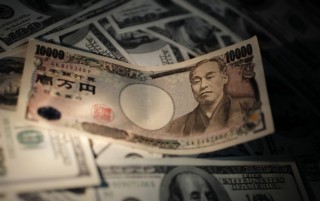Loading
Search
▼ Pharma Paid How Much to Doctors and Hospitals in Japan?
- Category:Other

WSJ
Over the past year, clinical research conducted at several Japanese universities about a Novartis heart drug caused an unprecedented ruckus. At issue was trial data that was allegedly altered in order to make the Diovan heart medicine appear better than rival treatments.
As a result, articles in medical journals were retracted. Prosecutors filed charges against the local Novartis unit, which revamped management. And the drug maker acknowledged a conflict of interest, because an employee had participated in the work but his employment was never publicly revealed.
The episode generated increased scrutiny in Japan over concerns that drug makers may unduly influence medical research. The pharmaceutical industry trade group, for instance, issued new policies that include rules about payments. And the interest comes just as the U.S. federal government debuts a new web site that publishes payments that doctors receive from drug and device makers.
Now, a new analysis finds that the pharmaceutical industry paid more than $1.6 billion last year to doctors and hospitals in Japan for research, medical seminars and education, speaking fees and entertainment, according to Yomiuri Shimbun. Not surprisingly, nearly half, or 47%, went to research work.
Payments for lectures, a particularly contentious topic, totaled roughly $95 million, according to the paper. Altogether, 65 drug makers held 160,000 lectures and, in most cases, doctors received from $900 to $1,800 for each lecture. One expert derides the purpose behind many lectures.
Each time new medicines are released, drug makers “spend a lot of money to hold these meetings, which are actually advertising bid in the guise of study meetings for doctors,” Iwao Kuwajima, who heads the Japanese Organization of Clinical Research Education and Review, tells the paper. This prompts more prescriptions at a higher cost to the public.
There is a caveat, however, about this analysis. Disclosure of payments is voluntary in Japan and this is causing challenges. In some cases, the paper notes, disclosure statements cannot be seen unless an inquiring mind actually visits a company to take a look.
Disclosure is currently based on guidelines set out by the Japan Pharmaceutical Manufacturers Association, the paper notes. The trade group could not be reached for comment.
Nonetheless, Yukiko Shinya, an associate professor at the University of Tsukuba, tells the paper that the disclosure is a “great step forward. The information put out by doctors with close ties with companies can be biased toward those companies. It’s necessary to check the relationship between people sending out information and companies.”
And one physician says his medical study group, which is called the Kyoto Diabetes Society, tries to be more cautious about industry influence. Most meetings are financed by its members and even when meetings are held jointly with drug makers, the group insists on setting the agenda.
Says Shiego Wada: “It’s time consuming, but doctors’ own efforts are essential to correctly obtaining information for treatments without totally relying on pharmaceuticals makers.”
- November 11, 2014
- Comment (0)
- Trackback(0)

